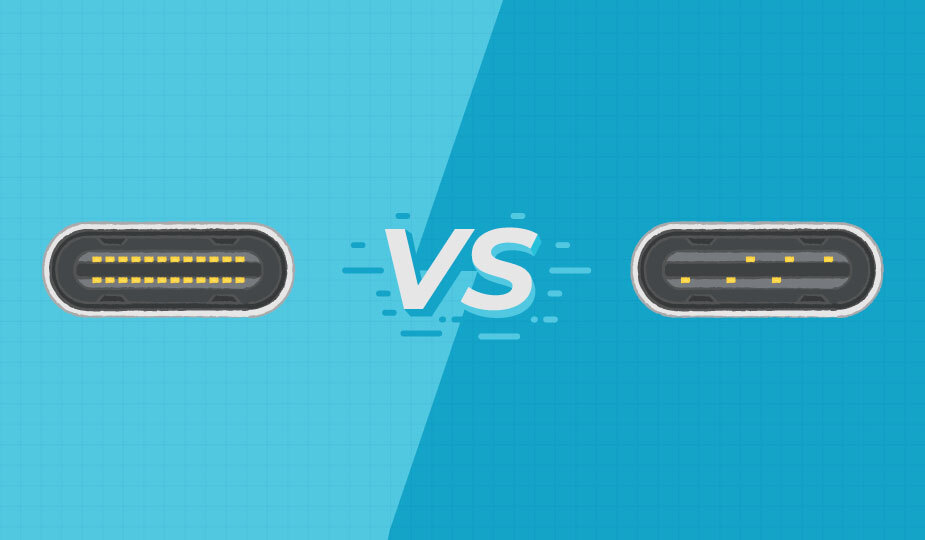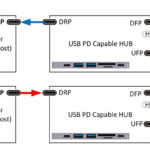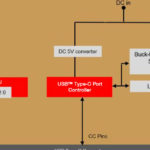 Having been around for more than two decades, USB connectors are one of the most popular and well-recognized interconnect components in electronic designs. From Type A to Type-C, USB has gone through an array of changes both in terms of the physical connector as well as their associated standards. USB Type-C is the most advanced iteration of USB to date, offering a simplified, bi-directional package, faster data transfer speeds, and a higher power rating.
Having been around for more than two decades, USB connectors are one of the most popular and well-recognized interconnect components in electronic designs. From Type A to Type-C, USB has gone through an array of changes both in terms of the physical connector as well as their associated standards. USB Type-C is the most advanced iteration of USB to date, offering a simplified, bi-directional package, faster data transfer speeds, and a higher power rating.
Because of this higher power rating, with the ability to support the power delivery standard up to 100 W, USB Type-C has become an intriguing option for power-only applications. As a result, power-only USB Type-C connectors, where the data transfer pins have been removed, have emerged to provide a more cost-effective solution for designs where charging or power is the sole function.
This CUI Insights™ blog post, “An Introduction to Power-Only USB Type C Connectors” provides an introduction to the power-only USB Type-C connector, while discussing its benefits and design considerations.





